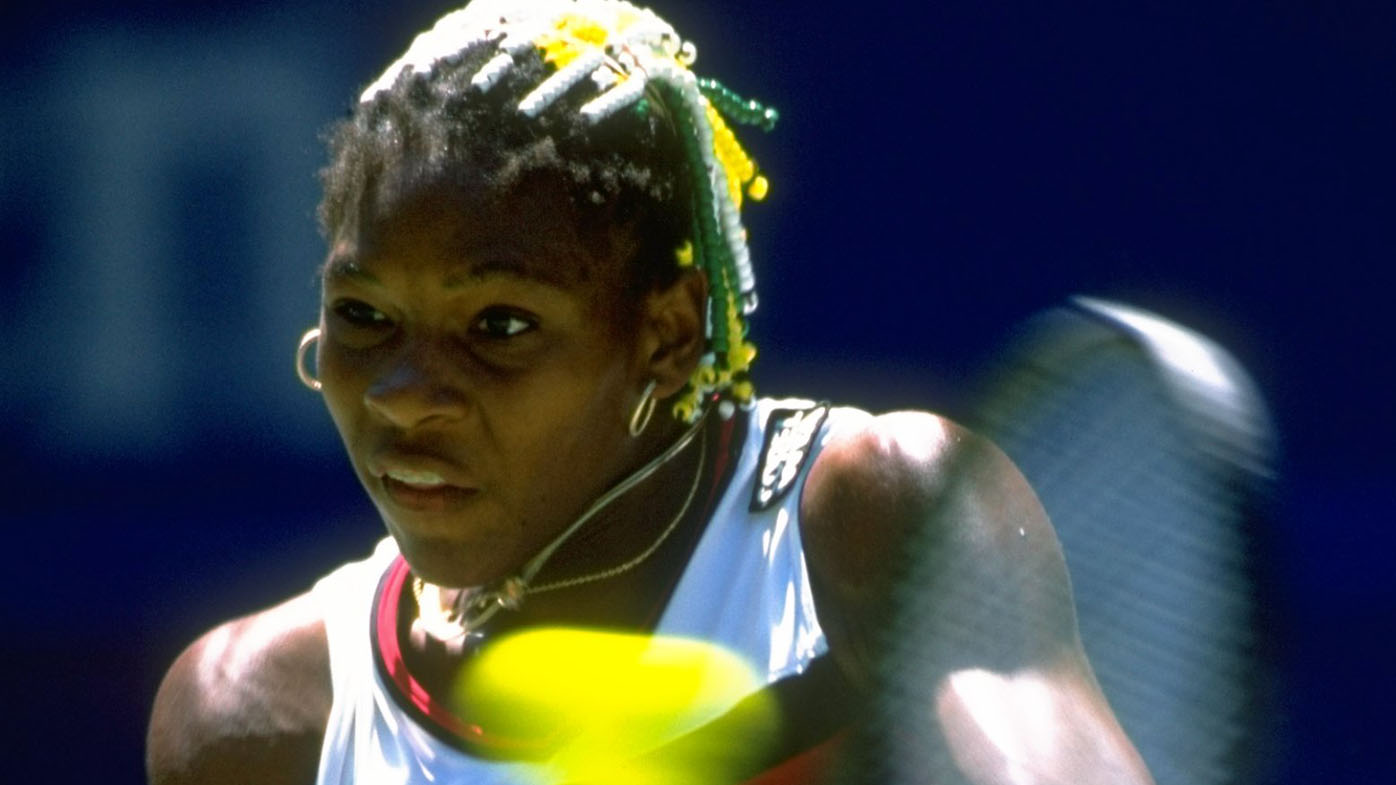
It was the biggest win of her young career to date. A 16-year-old Monica Seles demolished the No.2 player in the world at the time, Martina Navratilova, in the final of the 1990 Italian Open.
The score? 6-1, 6-1.
“I feel like I’ve been run over by a truck,” Navratilova said at the time.
READ MORE: Tigers clinch upset of the season as Brooks dazzles
READ MORE: Fuming Verstappen delivers foul-mouthed spray at rival
READ MORE: Reds star reveals Thorn ‘elephant’ after win
It was a feeling many players would experience over the following three years, until a single moment that changed the course of tennis history.
Sunday marks the 30th anniversary of one of the most disturbing events seen on a sporting arena. Seles was leading Magdalena Maleeva 6-4, 4-3 in the quarter finals of a tournament in Hamburg, Germany, when she was stabbed in the back by a deranged fan of her biggest rival, Steffi Graf.
It sent shockwaves around the world. The idea of the top-ranked player in the world being stabbed simply defied belief. That it happened on a tennis court only made it more horrifying.
“I’d played in Hamburg a couple of years before,” leading commentator Sam Smith told Wide World of Sports.
“In 1993, when it happened, I’d stopped playing tennis, I was studying at university. And I remember hearing about it and I stopped. I thought about the fact I’d played that tournament, and it was, ‘Woah’, because the unthinkable had happened.”
Seles was just 19 when she was stabbed, but had already won eight grand slam titles, including seven of the last eight she’d played (she made the final in the eighth).
“In such a short period Seles had such a massive impact on women’s tennis, which is not talked about enough,” Smith said.
“She was on the road to being one of the greatest players of all time.
“That’s my view, and I’m sure a lot of the champions of our sport would say the same thing, that she was on the road to being up there with Martina Navratilova, Chris Evert, Steffi Graf and then subsequently what Serena Williams did.
“That’s where she was going. To the absolute top level.”
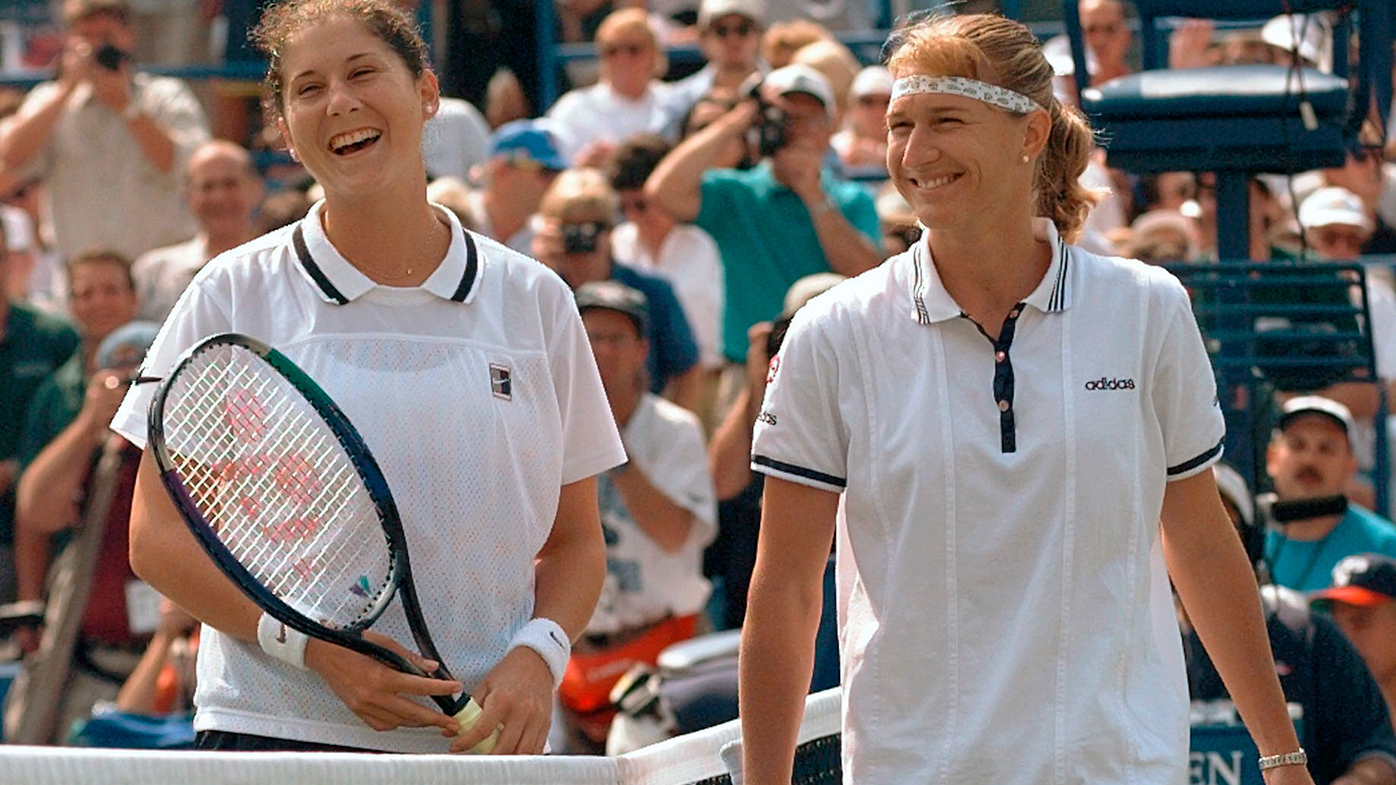

The injuries, while bad, were not as serious as they could have been. Had the knife gone in a centimetre to the left, Seles would likely have been paralysed for life, if not worse.
While the physical scars healed relatively quickly, the mental scars took much longer. It wasn’t until the 1995 Canadian Open that she returned to the tour after an absence of more than two years.
She won that week, hammering Amanda Coetzer 6-0, 6-1 in the final. The South African was no slouch – she made three grand slam semi finals – but she was no match for Seles, who didn’t drop a set in her first 11 matches back.
Her winning run came to an end at the hands of, ironically, Steffi Graf, in the final of the US Open.
She was similarly dominant in early 1996 as well, winning in Sydney and then adding a ninth grand slam title to her collection in Melbourne.
But that was it. Seles was 23 years old. She never won another slam. She made two more finals, and regularly reached the last eight or the last four, but victory eluded her.
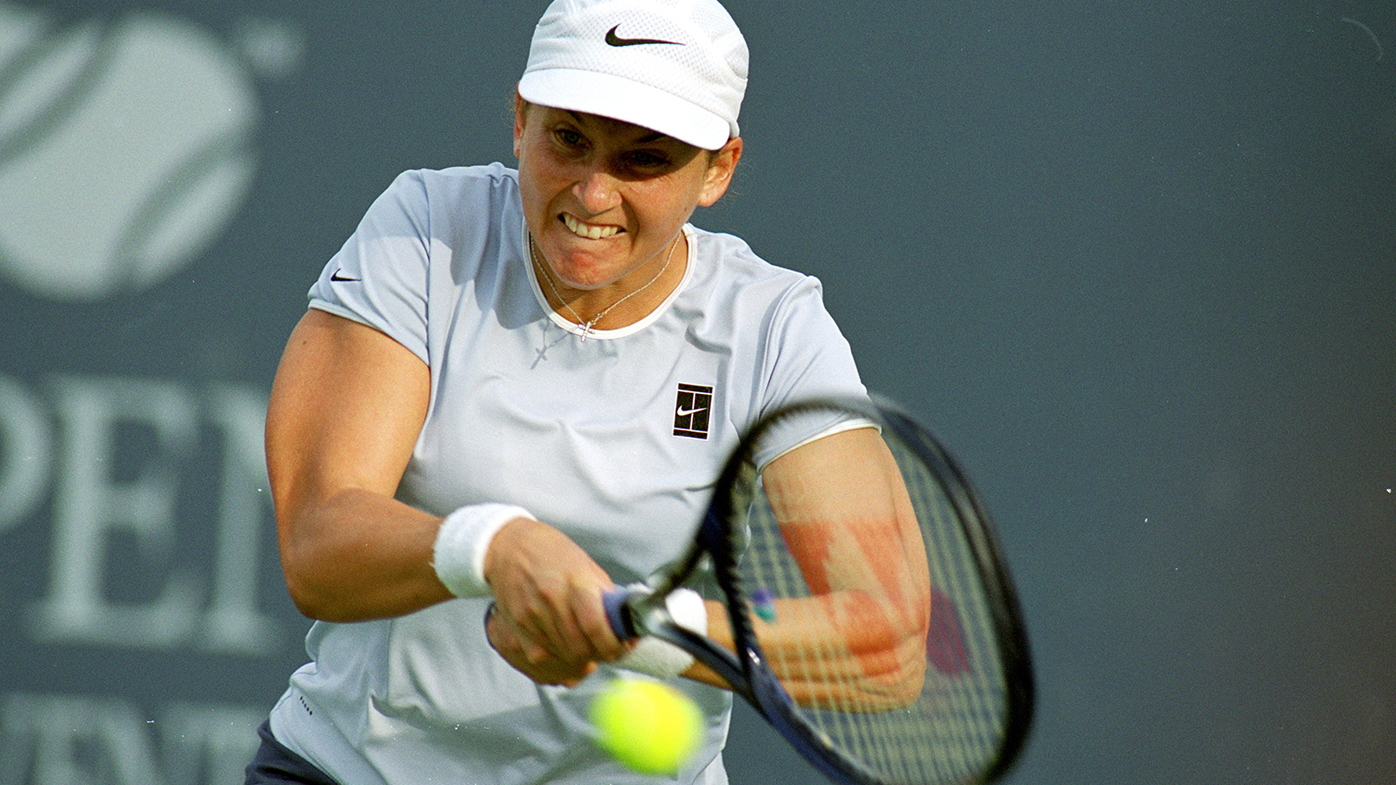

“I think it’s amazing that she came back at all. I don’t know how you get over that physiologically. I hope that coming back to tennis really helped her,” Smith said.
“The game had moved on a bit, when you’re out for that long, the game changes. If you’re not improving you’re going backwards.
“It was an extraordinary comeback. It was great for the game. It was really important and I think it inspired a lot of other athletes around the world about what was possible.
“It’s a great story of resilience, and one of the great comebacks of all time.”
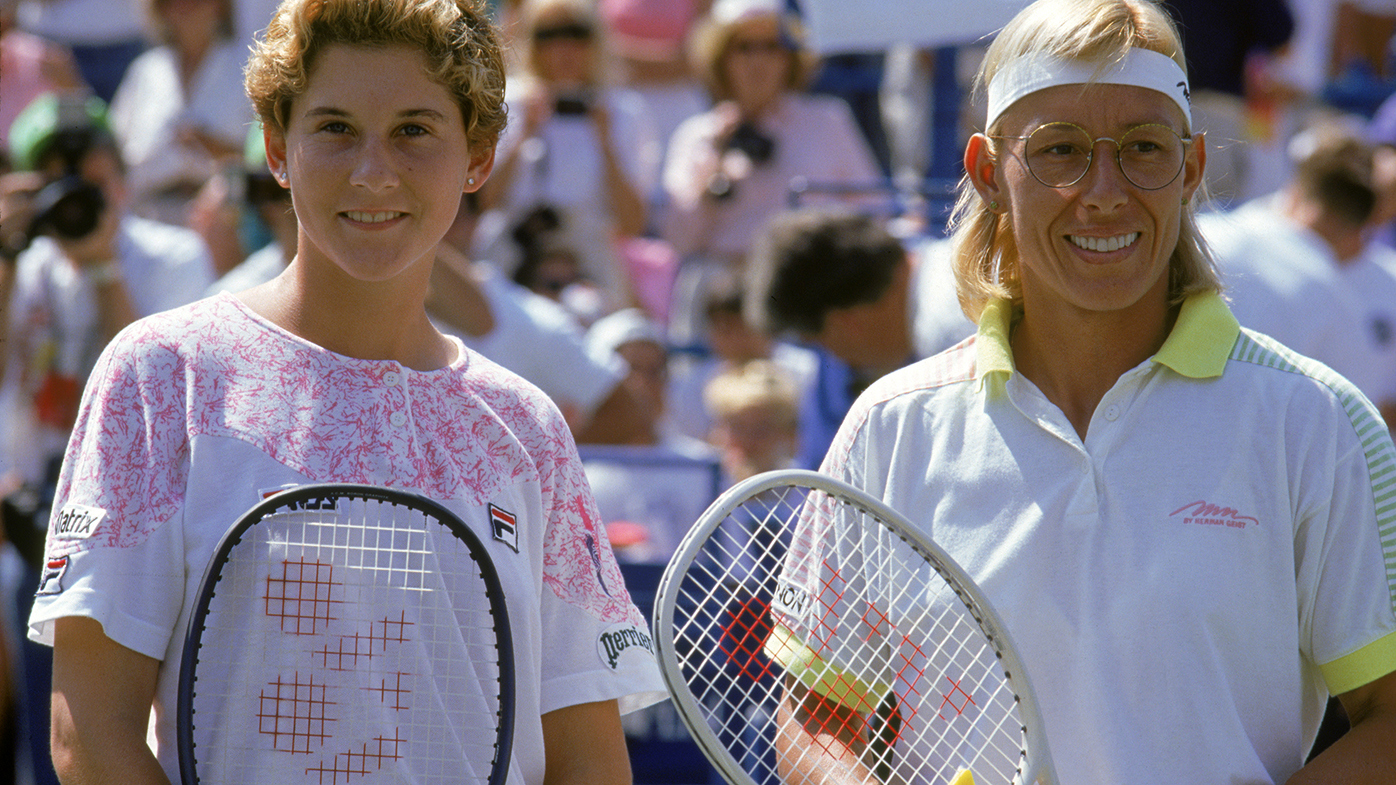

Smith noted that Seles took the power hitting game, which had first appeared with Graf in the 1980s, to another level.
“Her drive volley, from the middle of the court, she really changed the game that way,” she explained.
“The floating ball, she’d just swat it out of the air. She had that great lefty serve and incredible hands, she was a better volleyer than people give her credit for.
“You never really hear the Williams sisters talk about their heroes, but if they’re asked for a name, they both say Monica Seles.
“If you look at the way Serena and Venus played, it was the power from the baseline and looking for the drive volley. That’s what they would have seen from Monica. She was the inspiration for the way they played.”
It wasn’t only the Williams sisters who were motivated by Seles’ achievements. Former world No.4 Jelena Dokic was another who looked up to the left-hander.
“Monica Seles was my hero growing up,” Dokic told Wide World of Sports.
“I basically started playing because of her. We were born in the same part of the world, she was an inspiration and a hero, and a lot of my game was based on the way she played.
“She was one of the first to bring in that power game, together with Steffi, she was a trailblazer on so many levels.
“To win eight grand slam titles before turning 20 was absolutely unbelievable.”
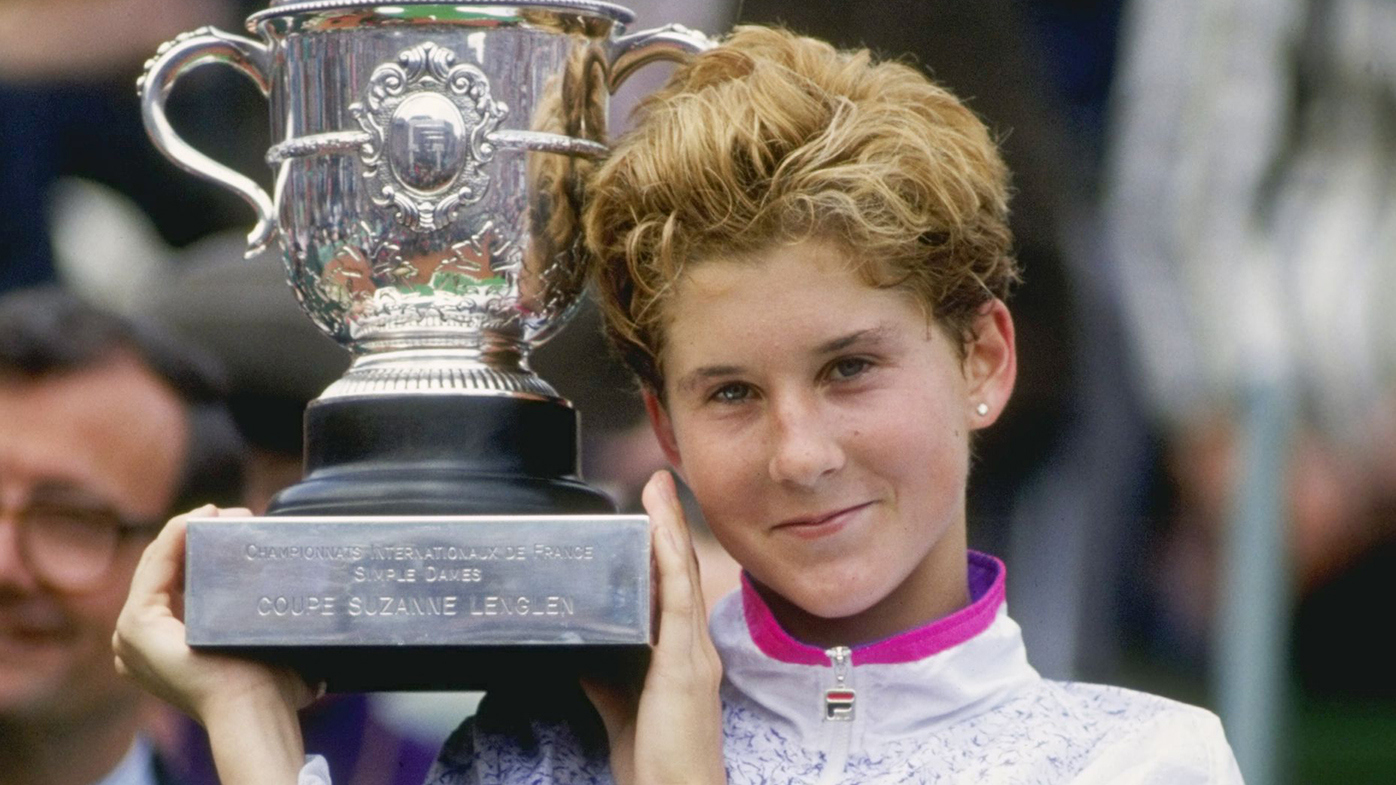

Dokic had the opportunity to hit with Seles prior to the 1999 Australian Open, sessions that she says changed her outlook on the game.
“I had the chance to meet her in Melbourne when I was 15, just after I’d won the Hopman Cup with Mark Philippoussis,” Dokic recalled.
“We had some training sessions organised for 7am every day. I was really intense, and I had what I thought was a really good work ethic, but she was on another level. It showed me what I had to do. It was a great lesson for me.
“She was so kind off the court, but when she got on court she was just incredible, so in the zone, one of the most focused and determined players you’ll meet,” she added.
“If Monica was up 5-0, 40-0, her intensity wouldn’t drop a bit, she’d want to win the next point and finish it off 6-0.
“She never relaxed, and I don’t think we’ve seen that sort of intensity since. She was ruthless, and then off the court it was like a switch had been flicked and she was a lovely person.”
Dokic’s first visit to Roland-Garros in 1999 ended in a marathon first round loss to French wildcard Emmanuelle Curutchet, 11-9 in the third set. It was the only grand slam match Curutchet would ever win.
But what happened afterwards has stayed with Dokic for more than two decades.
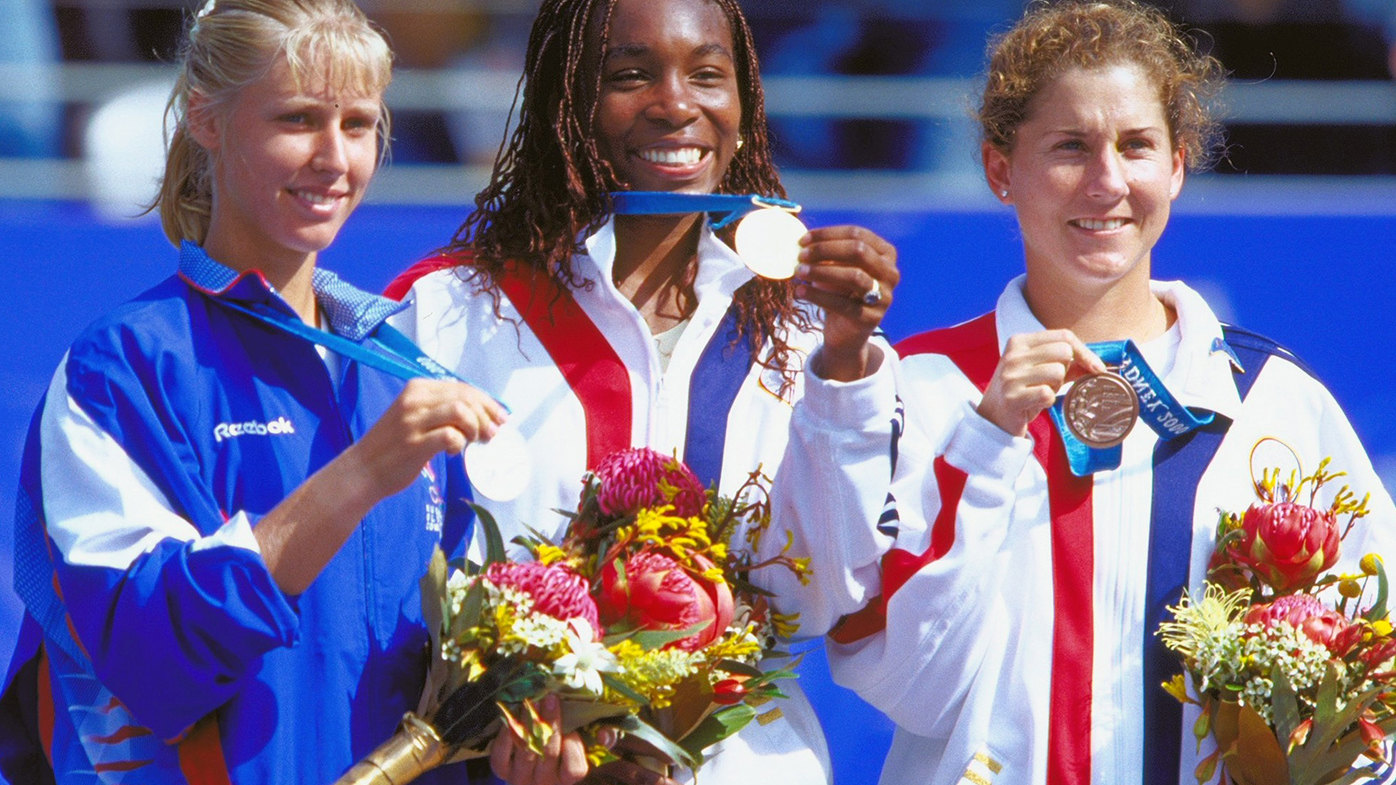

“I was really struggling after I lost in the first round, a really tough match that went about four hours, one of the longest matches ever at Roland-Garros,” Dokic said.
“I walked into the locker room and I was really down and crying. I didn’t know that Monica Seles was in the next room and she was having physio.
“About 10 minutes later she came over and told me that she’d heard everything, I’ll never forget it, she told me to stay strong, that this is normal in tennis, you have good days and bad days and don’t lose faith. She put her arm around me and told me she’d always be there for me.
“I’d been in tears on the floor of the locker room and here comes this amazing champion, with words that have stayed with me forever.”
Seles would end up beating Dokic in the bronze medal playoff at the 2000 Sydney Olympics, but the Australian said it was “amazing” to see the love Seles received from fans all around the world.
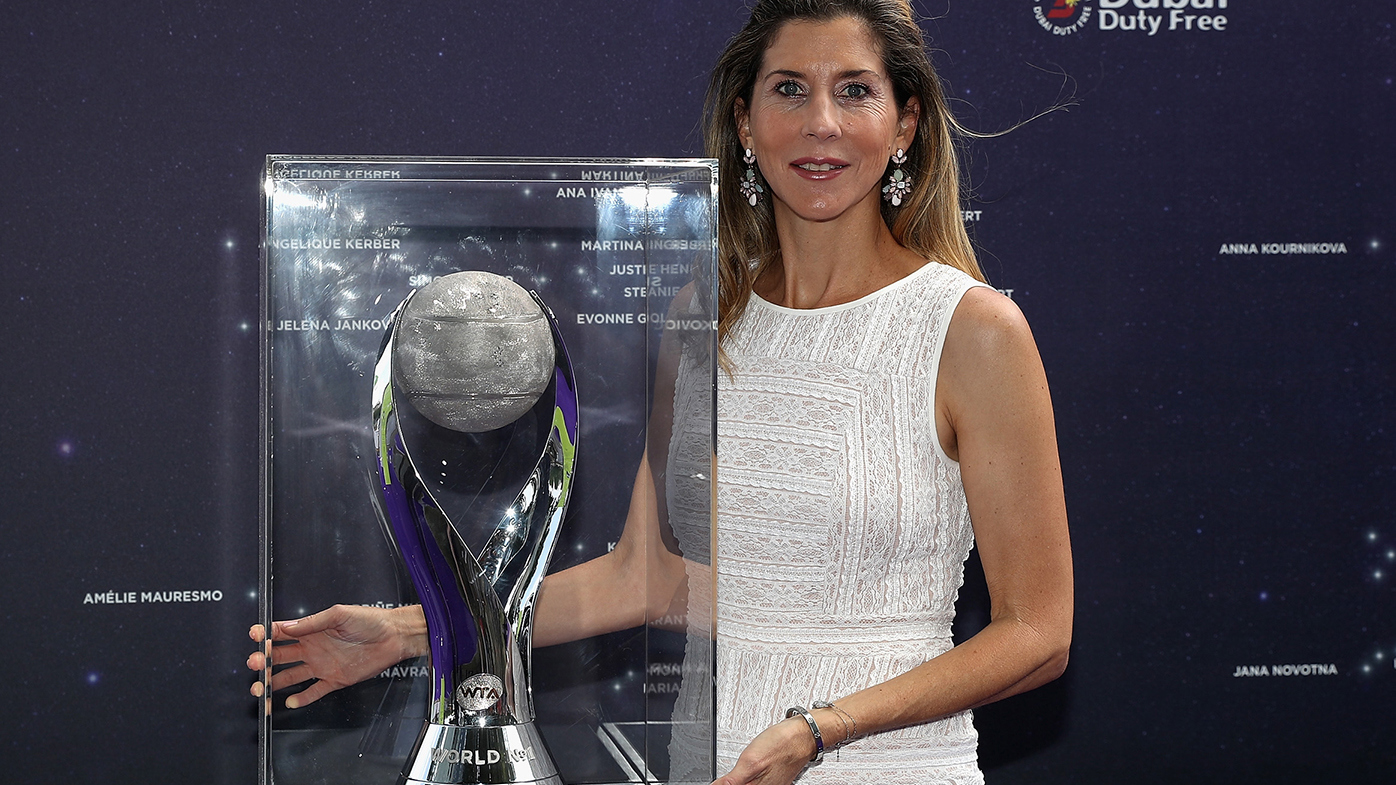

“When you see those images of her being stabbed, it’s frightening,” she said.
“It’s so hard to watch. What she went through, she talked about it in her book, and it really changed her life, not just from a tennis point of view.
“It was incredibly hard to deal with, she did so behind closed doors, but it was so hard to recover from that, knowing she was lucky to be alive.
“She dealt with it unbelievably well. Just coming back was incredible, regardless of the results, and I don’t think a lot of people would have been able to do what she did.”
It seems strange to describe a career that contained nine grand slam wins as unfulfilled, but that’s an adjective that could easily be used to describe Seles.
What might have been possible had the attack not happened will forever remain a mystery, but certainly her grand slam tally would have been well into double figures, potentially even eclipsing Margaret Court’s record.
“We lost so much in terms of our tennis history. You just don’t know what she could have done,” Smith reflected.
“It was a great career, utterly dominant for a period of time. It had two chapters with a major gap between them. That’s what we do know.
“But what we’ll never know is what was possible.”
For a daily dose of the best of the breaking news and exclusive content from Wide World of Sports, subscribe to our newsletter by clicking here!
